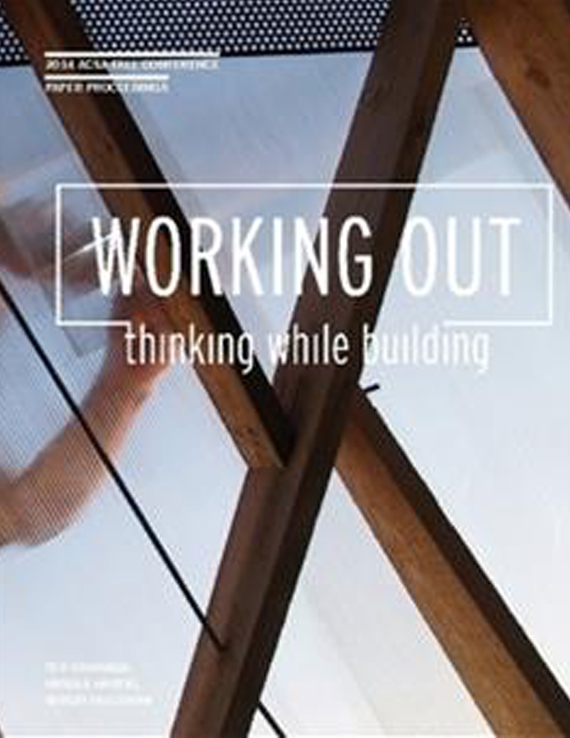Author(s): Mark Taylor
Designing and building in the context of a Developing Nation offers unique opportunities and challenges, both for students and faculty. This paper draws on the experience of rebuilding at the epicenter of the 2010 Haitian Earthquake, and asks the question: “How can an intervention in a community provide long lasting benefit beyond the construction of just one building?” It is estimated that over 3,000 non-governmental organizations (NGOs) were in operation in Haiti soon after the 2010 Earthquake. That led some to refer to Haiti as a “Republic of NGOs”. With access to financial resources and infrastructural support away from the affected region, International NGO’s often wittingly, or unwittingly set the agenda of a recovery effort. The contracts they secure determine who benefits and what needs are met. In that process numerous small indigenous organizations, and fragile government agencies, are sidelined in the need to complete certain goals and objectives prescribed by board members and donors who have never received direct endorsement from the people of Haiti. In such a climate how should a Professor from an American University engage in a rebuilding effort?By observing some of the common failures in collapsed buildings it was clear to a trained building professional that additional resources would be required to ensure what was reconstructed, perform better than what was destroyed. Some resources would be material, however, the transfer of knowledge of how to design and construct resilient architecture would be something faculty and students could also contribute to the recovery effort. Drawing on the experiences the author had building a small midwifery training facility on a Hospital campus in the town of Léogâne, suggestions are made as to what can be achieved in a relatively short period of time, with limited funds. An honest account of problems that were addressed is given, and reflection made on some issues that were never fully resolved.The designing and construction of the 1000 sq/ft facility was a great learning experience for all involved, however it is questionable as to whether the endeavor orchestrated significant long-term change beyond those intimately involved in the project. In conclusion, suggestions will be made as to how a more resilient design build process could be established, and how benefits can be reaped beyond the construction of just one building.
Volume Editors
Sergio Palleroni, Ted Cavanagh & Ursula Hartig
ISBN
978-0-935502-94-7

 Study Architecture
Study Architecture  ProPEL
ProPEL 
